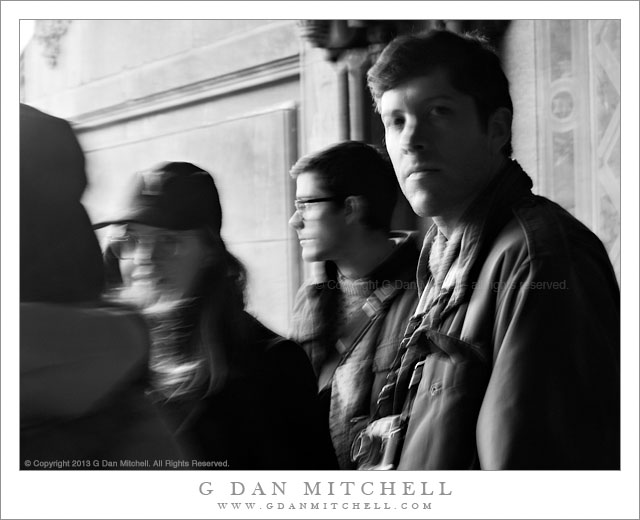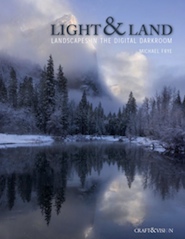
From time to time I adapt things that I wrote elsewhere and re-share them on the blog. The following is something I contributed to a discussion about a question from a newish photographer who wondered how important it would be to upgrade his camera.
I’m all for better image quality — which contemporary cameras, software, and printing processes provide in spades. And there is no question that, all else being equal, a photograph captured on a larger film or sensor format can potentially resolve more detail, and may improve other image parameters including dynamic range and noise.
As they say, “So stipulated.”
But the question (which was about choosing a sensor format) deserves a more nuanced and contextual answer than that. Fortunately, the most accurate and useful answer involves quite a bit of that nuance. I think it really comes down to something like, “Will replacing my cropped sensor camera with a full frame camera make my photographs look better?”. The best answer begins with, “It depends.”
As to the question (which also came up in the original discussion) of what is important in a photograph, image sharpness is not unimportant in many cases. (Though there certainly are photographs whose “goodness” is perhaps at least partially because they are blurred — softness and blur are not always things to be avoided.)
I think the issue in photography discussions is frequently about the balance among issues that affect the quality and effectiveness of a photograph. Here, it is not uncommon for some folks to exhibit a misplaced focus on the technical stuff, accompanied by insufficient attention to other things that are more important to their success as photographers. Continue reading Misplaced Focus (Morning Musings 12/3/14)

